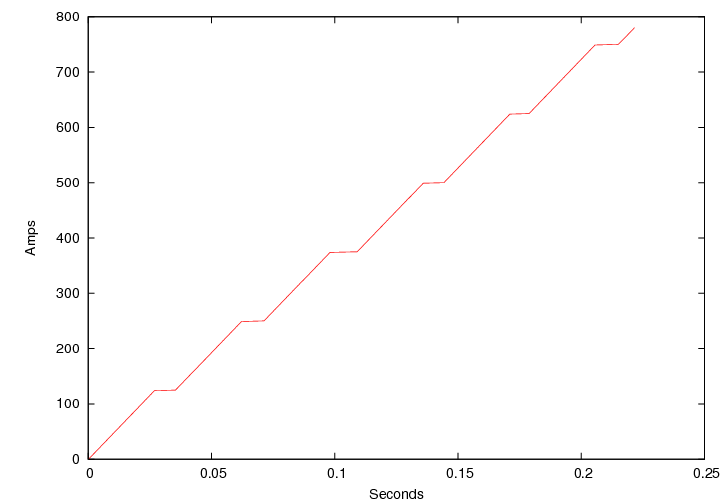Future Improvements
Jun 24, 2010
Future Improvements
I am researching the following potential hardware improvements.
- Precision op amps
(
TI,
Linear
)
- Filter? I'm wondering whether I need any kind of filter on the op amp.
- Fast analog to digital converters
(
TI,
Microchip
)
- Fast external, nonvolatile memory. (I haven't found many viable alternatives to the SD Memory Card. I believe my current card is one of the slower cards. I tested one fast card, but had very inconsistent results. Here is some info on the speed of SD Cards.)
- Faster SD Card (Ultra II)
- SD Sockets (example)
- Headers: I'll probably make the DC-DC a reusable module that
connects to the circuit with a header. This will make it reusable
in other application that need a DC-DC converter.
(
Molex: M
and F,
90
)
(
4 pin F (sp .1") and
4 pin M 90 (sp .1")
)
(
more
+
+
+
)
- SPI Bus (SN74ALS240AN)
>
|
The average sample rate is about 4.4 kHz.
This rate could be about 50% faster except that it takes a significant
amount of time to write the data to the SD Card. The graph here illustrates the effect
of the write time.
I've explored ways to work around this issue.
I cannot safely compensate for this without
double-buffering.
But, there is not enough usable RAM on the PIC18F4550 chip to do this.
|
click to enlarge/reduce

|
I am contemplating a few methods to implement double-buffering. One method will
have the measuring performed on one PIC with lots of RAM. The data will be buffered in
one of many buffers. When the buffer is full, a concurrent task will send the data to
another PIC chip. This chip will interface with the SD card. A challenge with this is to
interface the two PICs. I would probably use SPI.
A second idea uses Ethernet instead of USB. I would use a PIC18F4620 and an ENC28J60.
I could connect many devices to a wireless access point located in the vehicle. I would
download the data using wireless Ethernet from inside my house. The double-buffering could
be implemented in the same manner as the above idea, or it is possible that I could perform
the operation on the same PIC chip since it has more memory. Additionally, the Ethernet
could be used for communication between multiple devices.
|